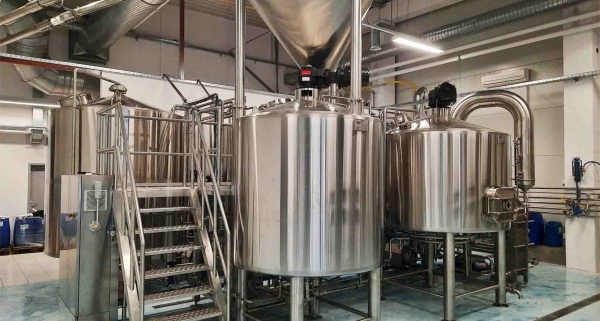How to Optimize Distilling Tank Mixing Technology
What Is Distilling Tank Mixing Technology?
Distilling tank mixing technology is the beating heart of modern distillation systems. At its core, this technology involves the use of mechanical or hydraulic means to agitate and blend contents inside a distillation tank. Sounds simple, right? But it’s a whole lot more intricate than tossing ingredients into a pot and stirring. Think of it like crafting a perfect cocktail—it’s not just about the ingredients; it’s how you mix them that counts.
Distillation is all about separating components based on their boiling points. Whether you’re producing spirits, essential oils, biofuels, or pharmaceutical compounds, mixing technology ensures that temperature distribution, composition, and reaction rates stay uniform. Without proper mixing, you risk hot spots, incomplete reactions, or uneven product quality. And that’s not something any distiller wants.
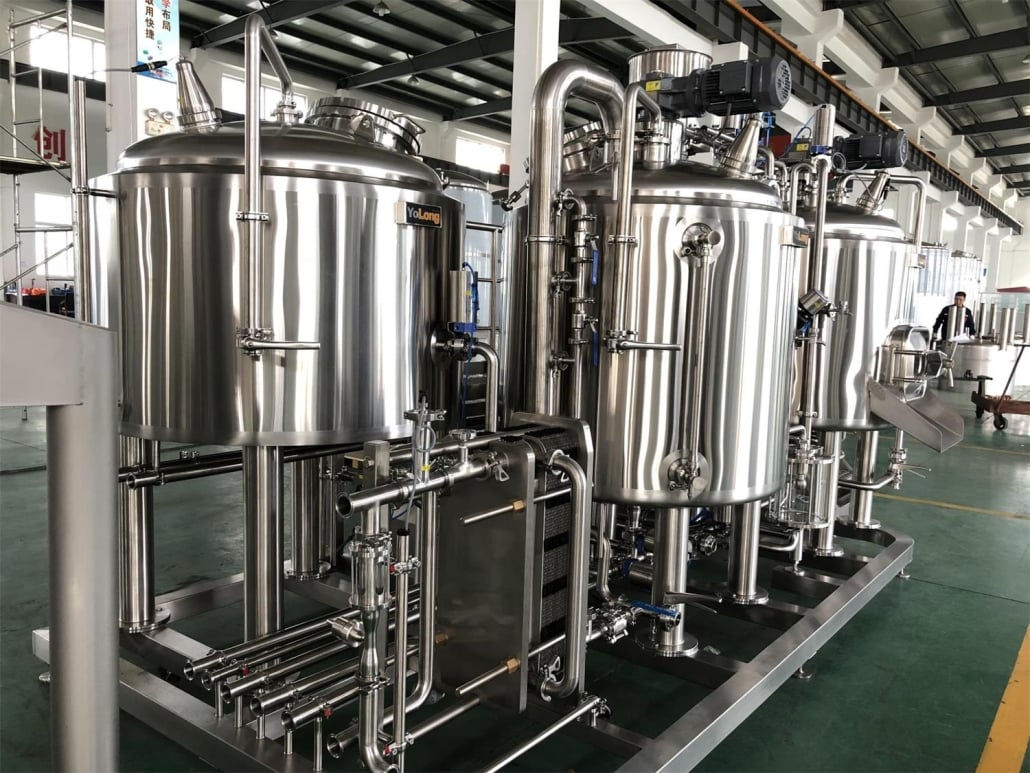
Why Mixing Matters in Distillation Tanks
So why does mixing really matter in distillation tanks? It’s the secret sauce to efficient, consistent, and high-quality distillation. Imagine trying to boil a pot of soup without stirring it. The bottom gets scorched, the top stays cold, and your ingredients settle unevenly. That’s exactly what happens in an unmixed distillation tank.
Proper mixing in distilling tanks ensures homogeneous temperatures and compositions. This uniformity speeds up heat transfer, helps in dissolving solids, and facilitates chemical reactions when needed. In alcoholic distillation, for instance, efficient mixing enhances fermentation outcomes and can significantly impact the flavor profile. In industrial distillation, it ensures purity levels meet stringent regulatory standards.
Types of Mixing Technologies Used in Distilling Tanks
When it comes to the types of mixing technologies used in distilling tanks, you’re looking at a spectrum ranging from traditional mechanical systems to cutting-edge magnetic and ultrasonic solutions. Here are the most common types, broken down for better understanding:
| Mixing Technology | Description | Advantages | Disadvantages |
|---|---|---|---|
| Mechanical Agitators | Use rotating blades or impellers to stir tank contents. | Cost-effective, widely used, easy to maintain. | Can introduce air (undesirable in some cases), energy-intensive. |
| Magnetic Stirrers | Utilize magnetic fields to spin an internal stir bar. | No shaft penetration, great for sealed systems. | Limited to smaller volumes. |
| Jet Mixers | Use high-pressure fluid jets to create circulation. | No moving parts inside the tank, low maintenance. | Requires precise flow control, high initial setup cost. |
| Ultrasonic Mixers | Employ high-frequency sound waves to mix contents. | Extremely precise, good for sensitive materials. | Expensive, requires specialized equipment. |
Mechanical agitators are your go-to for large batches and robust mixing, while ultrasonic mixers shine in lab-scale or pharmaceutical settings where precision is non-negotiable.
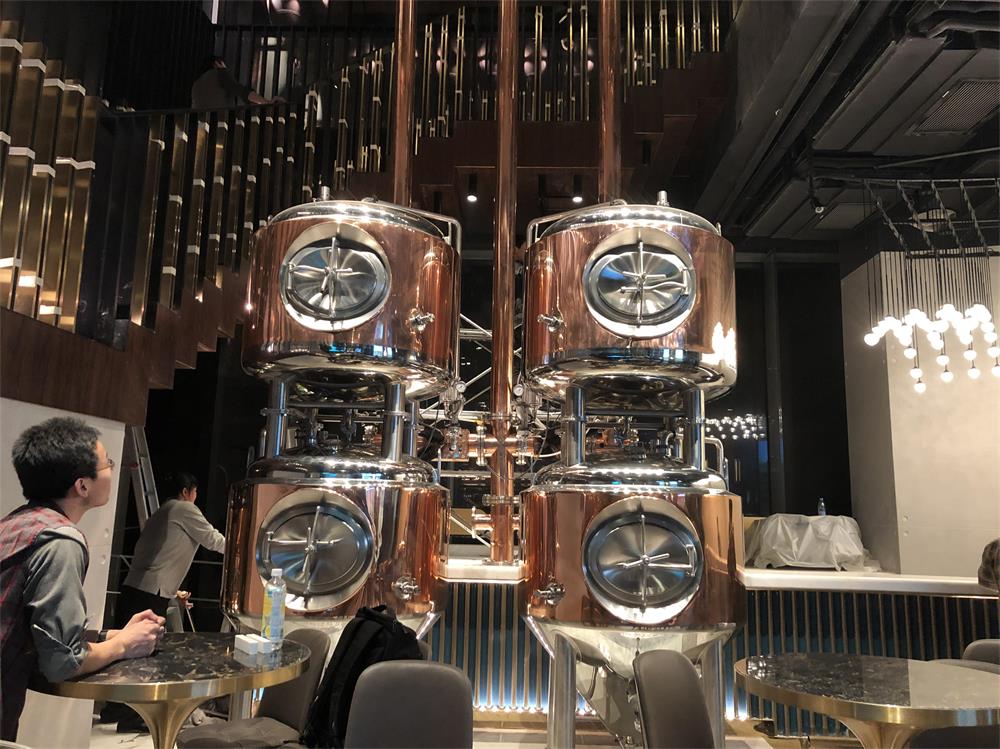


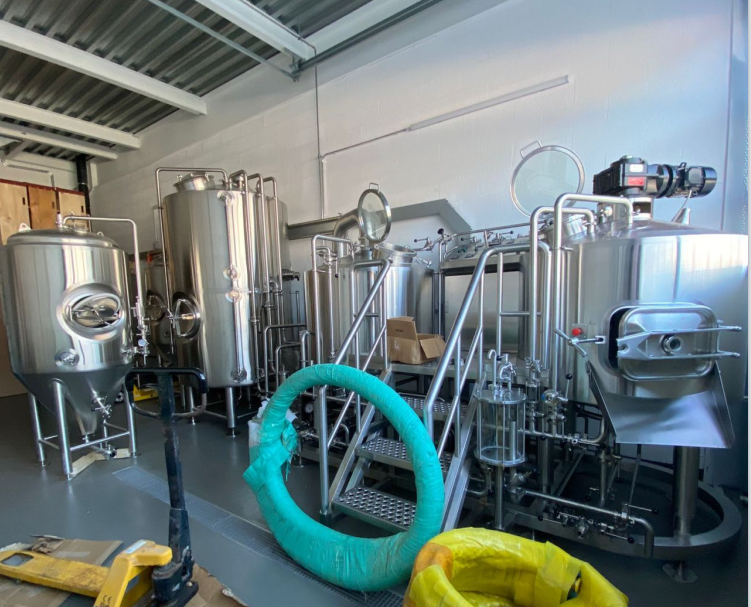
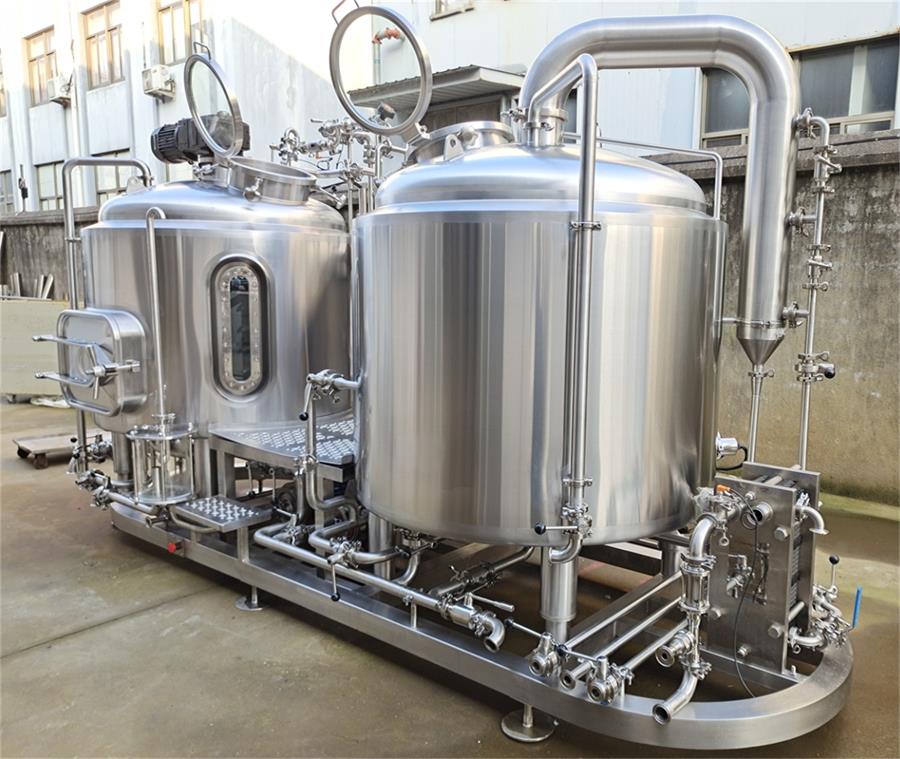
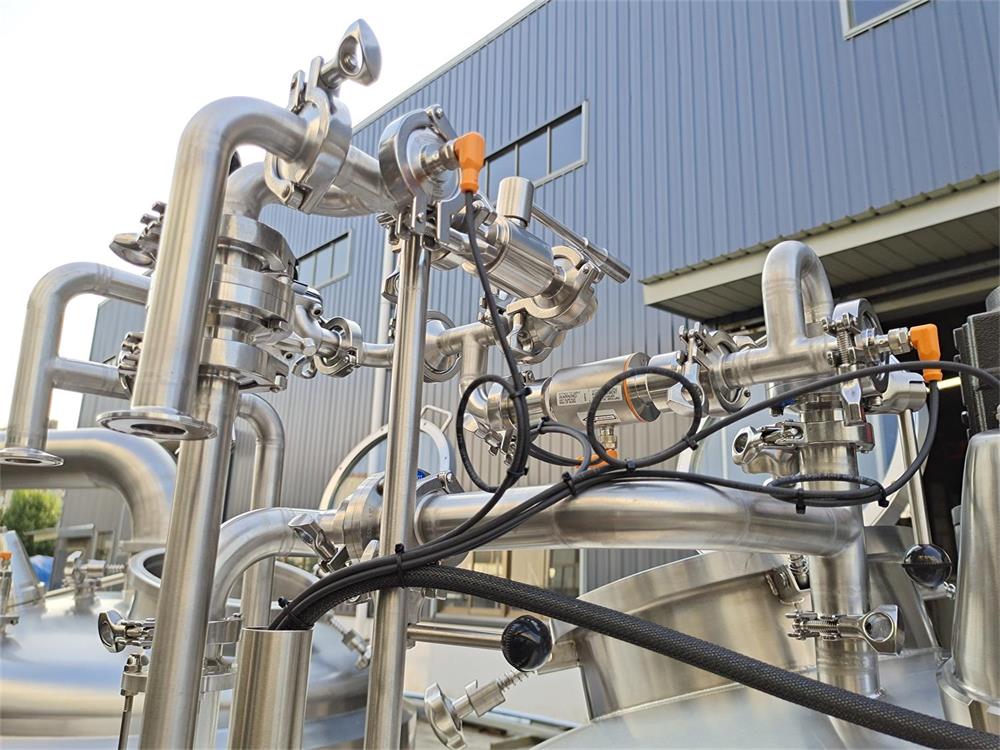
Key Factors in Choosing the Right Mixing System
Choosing the right mixing system for your distilling tank isn’t as simple as picking the shiniest option on the shelf. It’s about matching the technology to your process needs, budget, and long-term goals. Here are the key factors to consider:
- Volume of Tank: Larger tanks generally need mechanical or jet mixers, while smaller ones can work with magnetic or ultrasonic systems.
- Nature of the Liquid: Viscosity, temperature sensitivity, and chemical composition all affect mixer choice.
- Process Objectives: Are you dissolving solids, maintaining suspension, promoting reactions? Each goal might need a different tool.
- Maintenance and Cleaning: Some systems are easier to clean and maintain, which is crucial in sanitary applications.
- Energy Consumption: Efficiency matters—especially in large-scale or continuous operations.
Think of it like buying a car. A sports car and a minivan both get you from A to B, but they serve different needs. Same goes for mixing systems.
Innovations in Distilling Tank Mixing
The world of distilling tank mixing isn’t standing still. In fact, it’s buzzing with innovation. The newest trends focus on increasing efficiency, minimizing contamination risks, and integrating smart controls.
One of the most exciting developments? Smart mixing systems. These are equipped with sensors that monitor viscosity, temperature, and flow rate in real time. They adjust mixing speed and pattern automatically to optimize performance. It’s like having a self-driving car for your distillation tank.
Another leap forward is in non-invasive mixing technologies. These include magnetic levitation stirrers and external ultrasonic devices that eliminate the need for internal mechanical parts, reducing contamination risks and making sterilization a breeze.
Lastly, sustainable mixing is gaining traction. Energy-efficient motors, solar-powered control systems, and recyclable materials are helping distilleries shrink their carbon footprints without sacrificing performance.
Real-World Applications and Case Studies
Let’s ground this in reality. Take the example of a mid-sized whiskey distillery in Kentucky. They switched from standard mechanical agitators to smart jet mixing systems. The result? A 20% reduction in energy costs and a 15% increase in product consistency. Customers noticed the difference—and so did the bottom line.
In the pharmaceutical world, a European biotech firm deployed ultrasonic mixers in their ethanol distillation process. This allowed them to fine-tune temperature-sensitive reactions and scale up production without sacrificing quality.
And in the essential oil industry? A small California operation uses magnetic stirrers for their boutique lavender oil extractions. The precision and low contamination risk make all the difference in product aroma and purity.
Common Challenges and Solutions in Tank Mixing
Even with the best technology, distilling tank mixing isn’t without its headaches. But the good news? Most of these challenges have well-known solutions.
- Inadequate Mixing: This leads to hotspots, layering, or incomplete reactions. Solution? Upgrade to a mixer with better power ratings or use baffles to improve flow.
- Contamination: Especially in food, pharma, or essential oil applications. Solution? Opt for sealed or non-contact mixing systems like magnetic or ultrasonic stirrers.
- High Maintenance: Mechanical systems can wear down over time. Solution? Schedule regular maintenance, or consider switching to jet or mag-lev mixers for reduced wear and tear.
- Energy Costs: Large mixers can guzzle power. Solution? Implement variable-speed drives and smart controls to optimize energy use.
Tackling these issues head-on not only improves efficiency but extends the life of your equipment and enhances product quality.
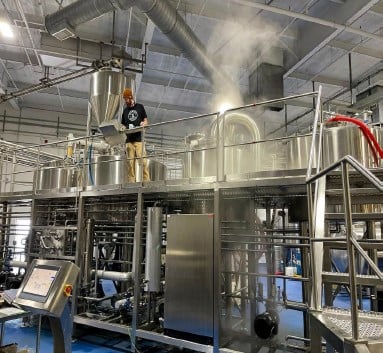
FAQs
| Question | Answer |
|---|---|
| What is the best mixer type for alcohol distillation? | Mechanical agitators are most common, but smart jet mixers can offer better energy efficiency and control. |
| How often should mixing systems be maintained? | Typically every 6 to 12 months depending on usage and system type. |
| Can I retrofit my existing tank with a new mixer? | Yes, but it depends on your tank size, shape, and existing setup. Consult a specialist. |
| Are magnetic stirrers good for industrial-scale use? | Not usually. They are best for lab or small-scale setups due to power limitations. |
| What are signs of poor mixing in my distilling tank? | Uneven temperature, strange product taste, sediment layers, or inconsistent yields. |
| How do smart mixing systems work? | They use sensors and software to monitor and adjust mixing in real-time. Think cruise control for your tank. |
| Is ultrasonic mixing safe for consumables? | Yes, when designed for food/pharma use, it’s both effective and safe. |

